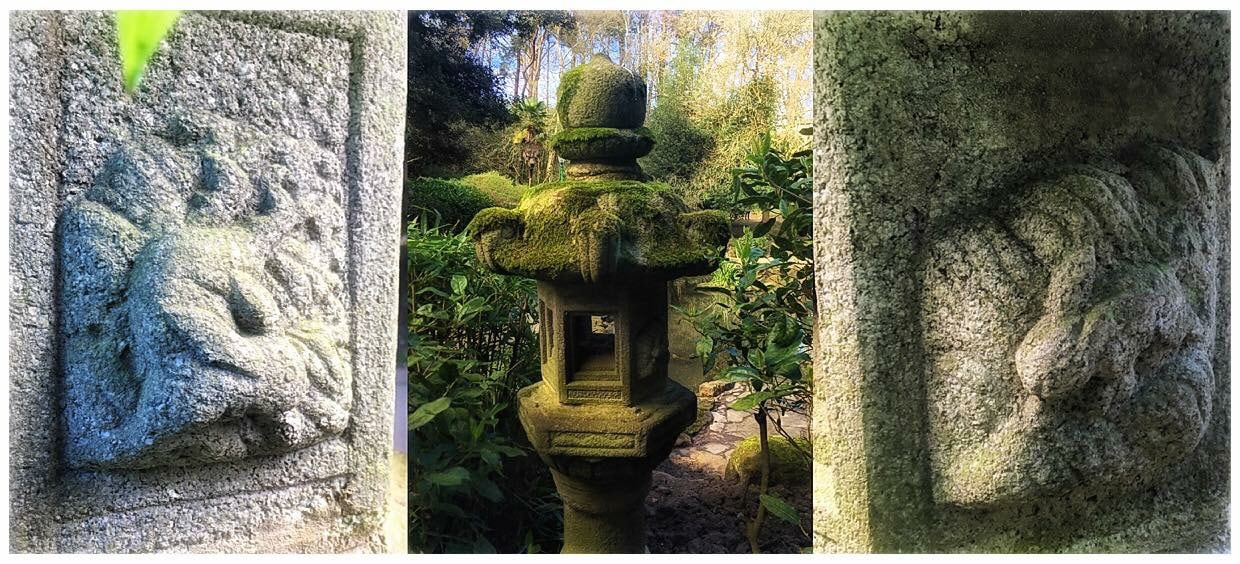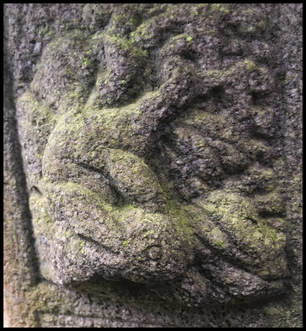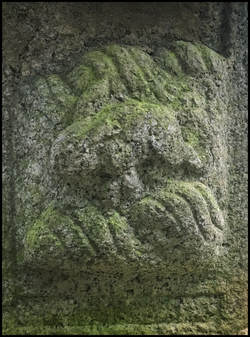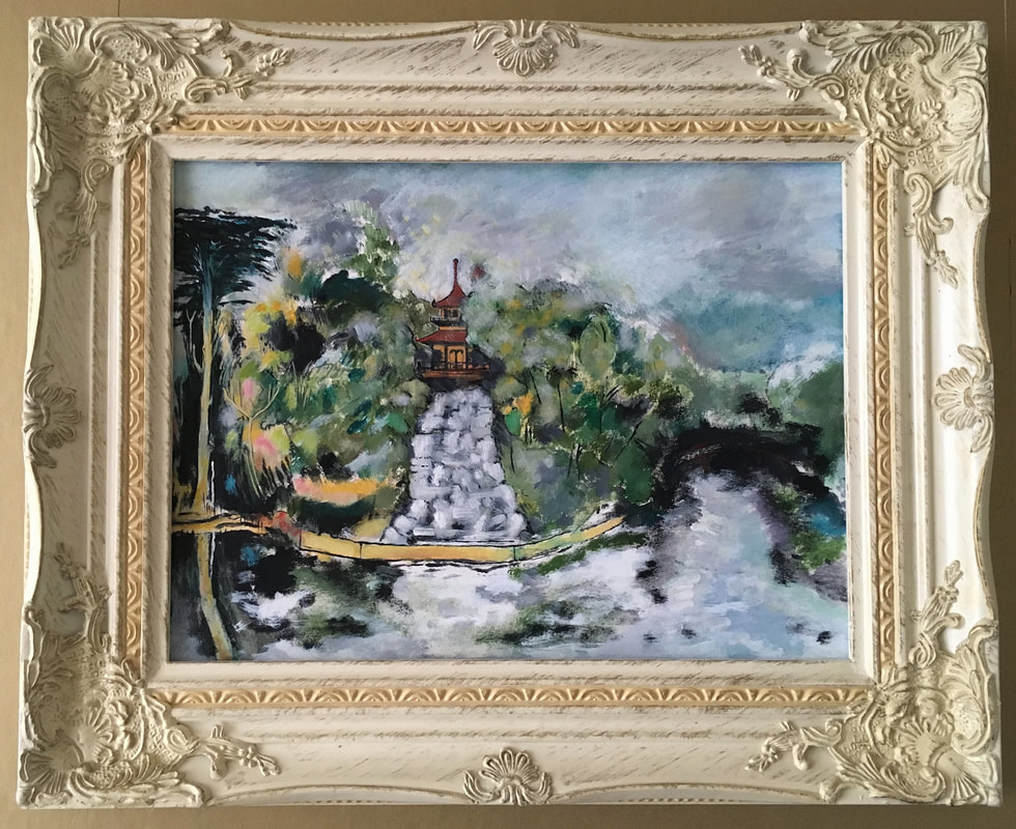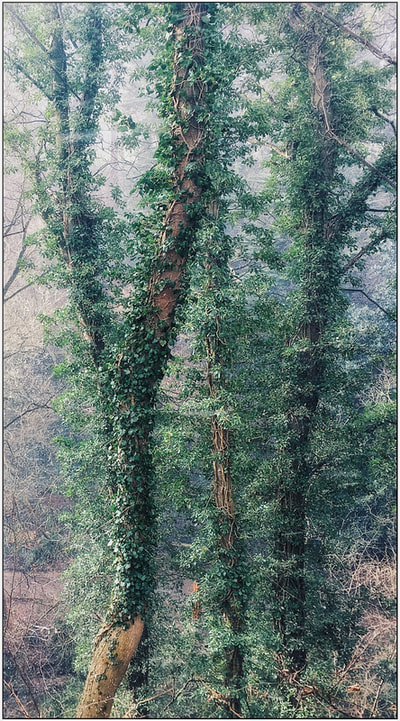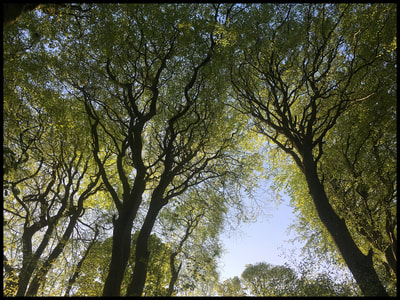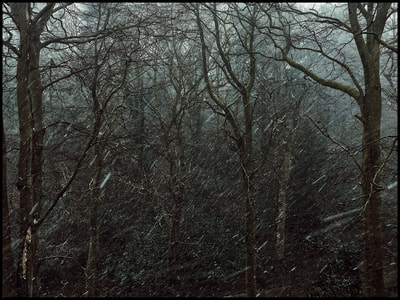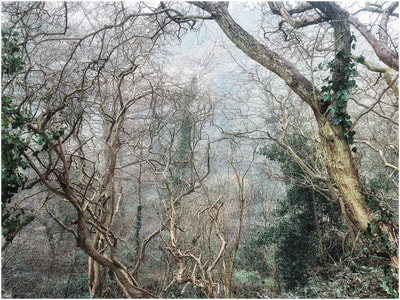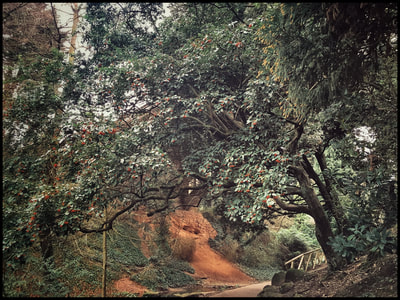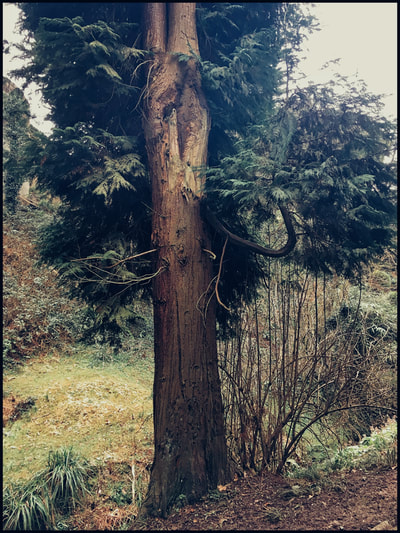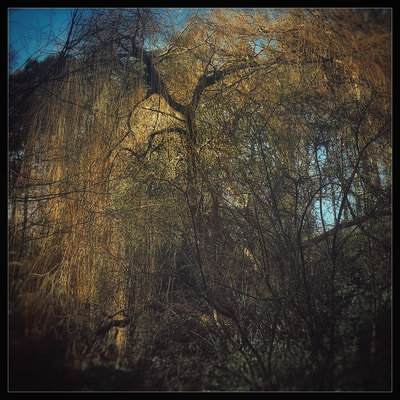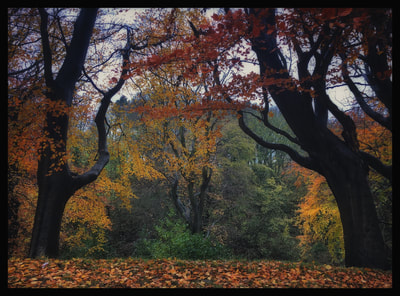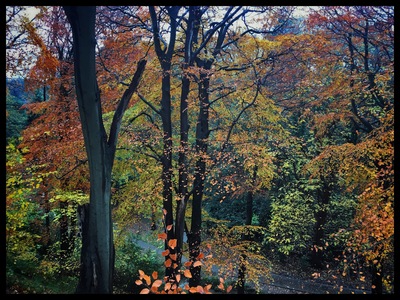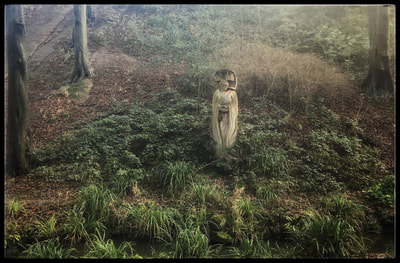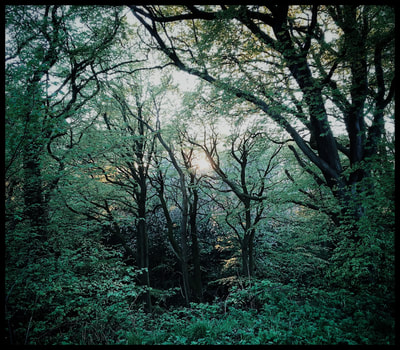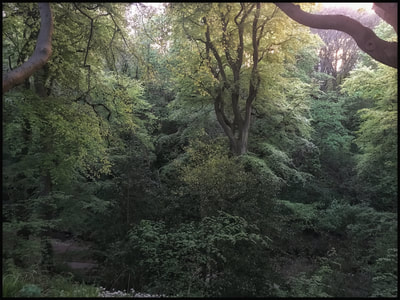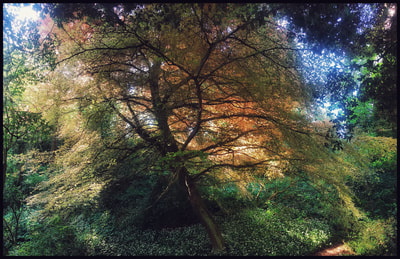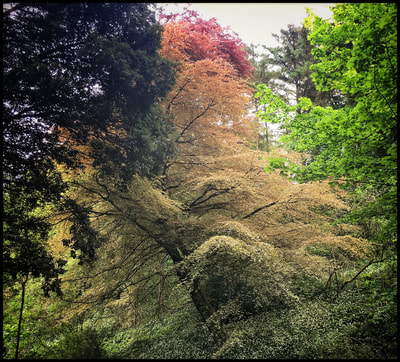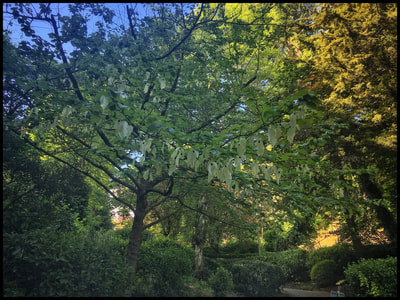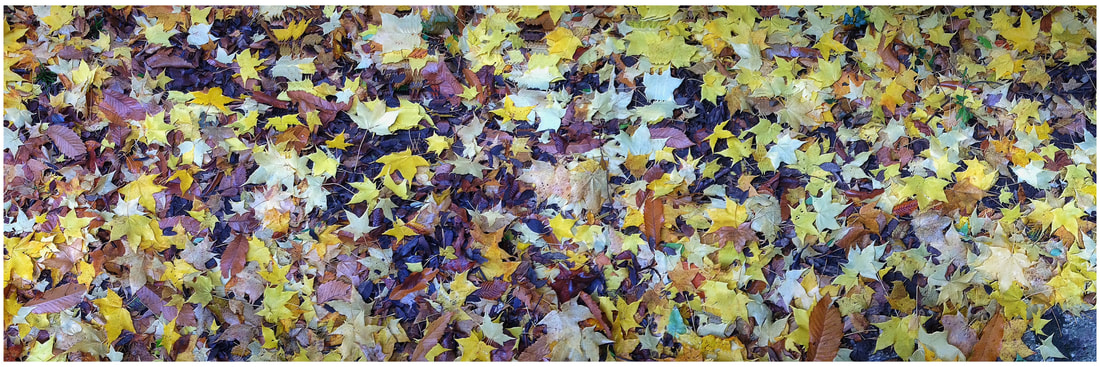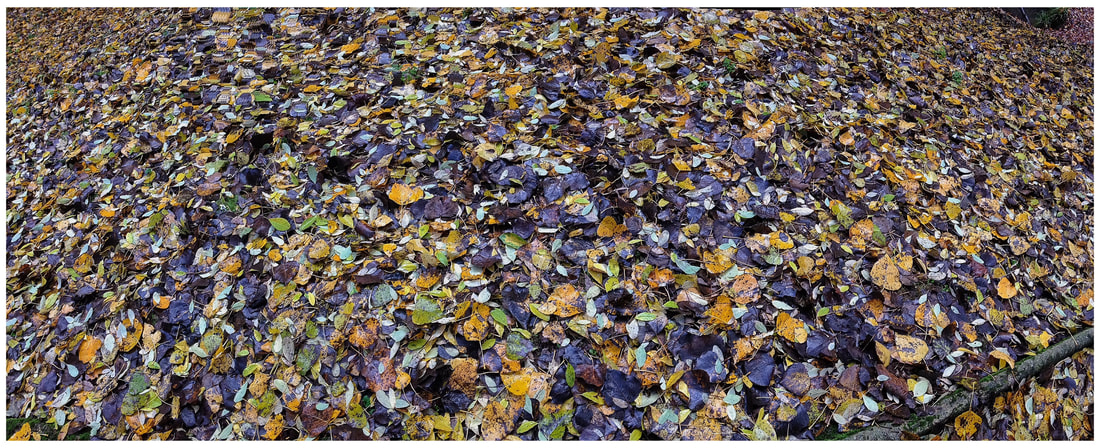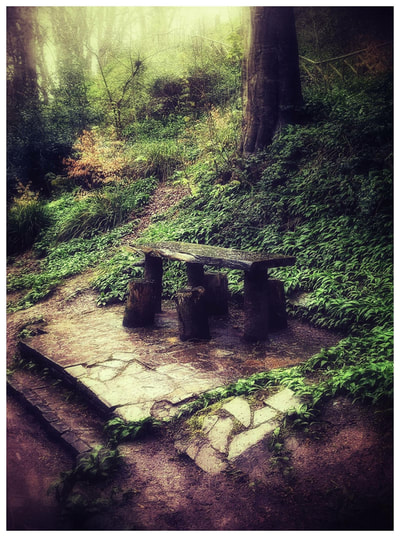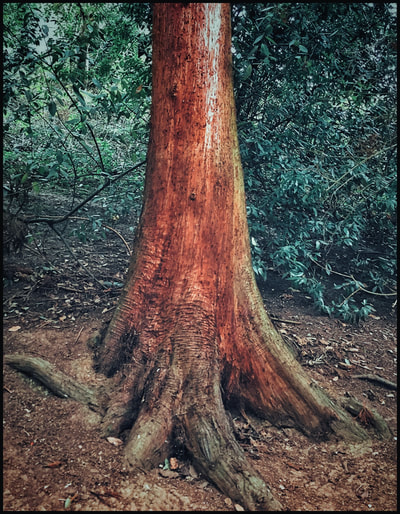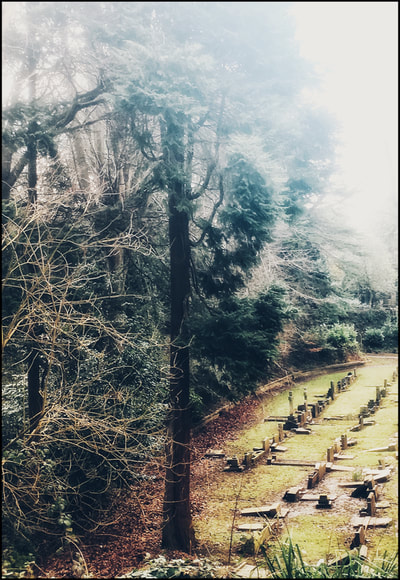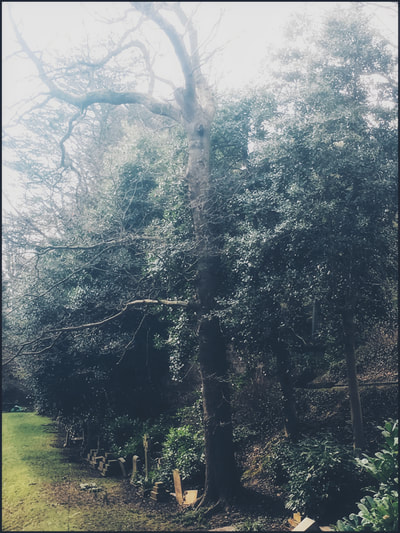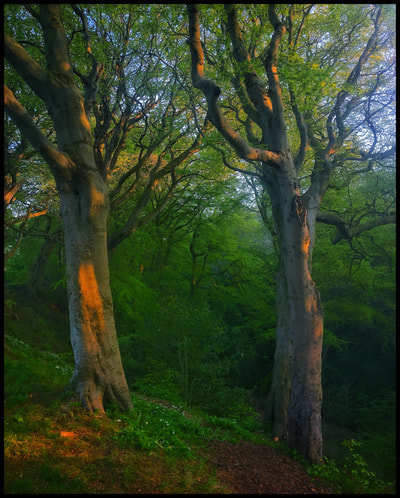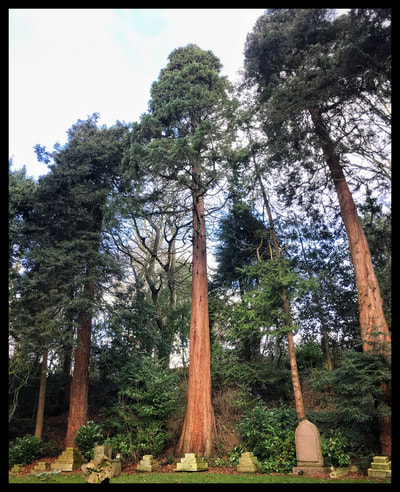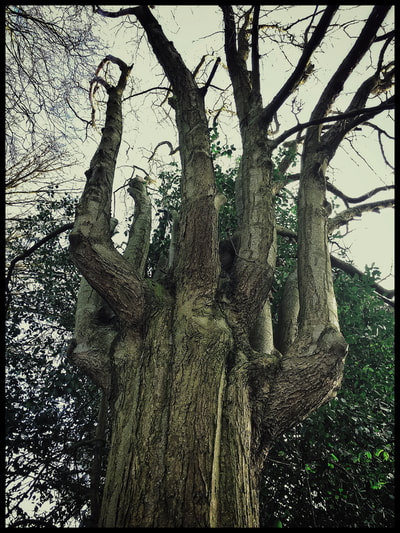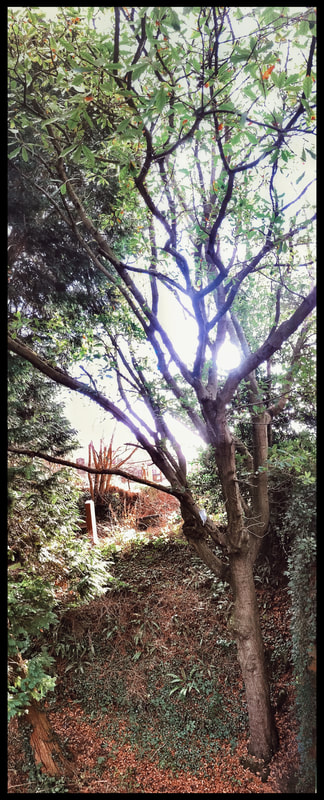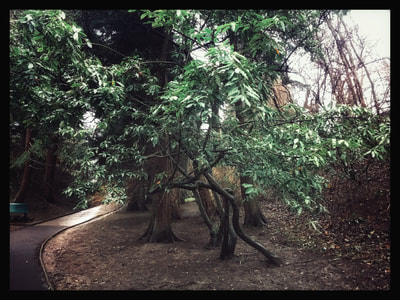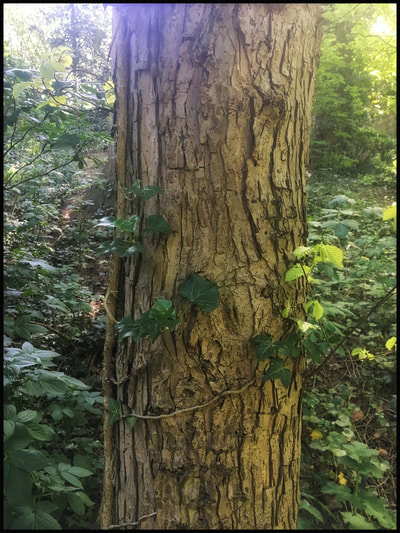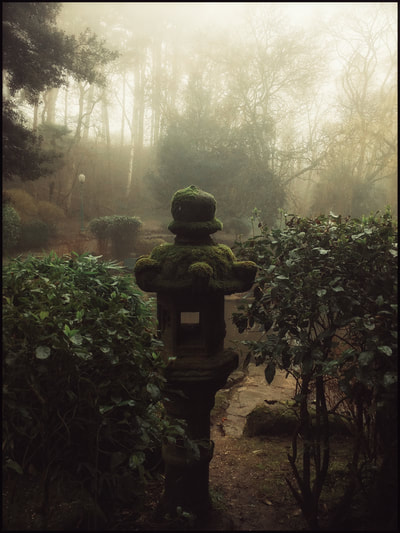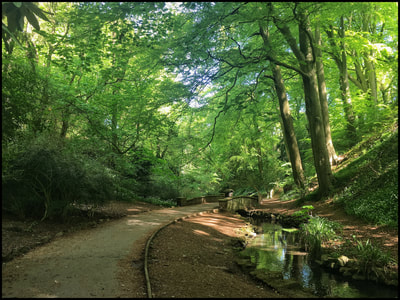The Water Margin
Holm means hill. Peasholm Hill, part natural, part artificial, has for a long time been an exit terminal both politically and geographically.
Given the task of developing the land around Peasholm, civil engineer Harry W Smith had decided to give the new gardens at Peasholm Hill an ‘oriental’ theme, he also planned a series of themed tree environments in the valley following the stream up the dingle called the ‘Barrow Cliffs’.
To help furnish the oriental park, Scarborough Corporation bought authentic Chinese sculptures from a Colonel J R Twentyman who had himself built oriental gardens at the Manor House in Kirby Misperton. Col. Twentyman had wanted his gardens to be as authentic as possible and had hired skilled craftsmen from China to help him achieve his design. It was these skilled craftsmen who sculpted the statues that can still be found in Peasholm Park. There is an interesting stone lantern near to the second bridge in the glen in a section of the park called the water garden. The lantern has the mythical Chinese ‘Water Rabbit’ from the Chinese Zodiac carved on either side. These stone sculptures were carved in Kirby Misterpton in 1903, and that particular year was the Chinese year of the Water Rabbit. In the Chinese Zodiac each year is allotted an animal and an element. The water garden is behind the waterfall cascade into the main lake and this lantern now finds itself placed by the water course of Scarborough’s ancient Parish boundary.
Peasholm dingle or glen, was planted out in a series of sectioned themes replicating the ‘Forests of the World’, evoking different natural forest environments with the appropriate authentic tree species. Each section begins at each of the stone bridges as you walk up the glen. ‘Pine Forests of North America’ for example, starts after the bridge in the water garden and contains Maritime Pines, Scots Pines and Hairy Birch trees. After that, we cross into the ‘Chinese Foothills’ environment containing among other trees, Weeping Willows, Silver Birch trees and Snowy Mespilus. Further on we cross into the ‘English Beech Wood’ containing as you’d expect, Beech, Poplar and Sycamores. At the next bridge you enter the ‘Slopes of Nepal’, containing Himalayan Spruce, Tree of Heaven and Japanese Cherry Trees and finally heading towards the glen bridge we find ourselves in the ‘Woodlands of New England’ containing Monterey Cypress trees, Nootka Cypress and American Limes. Going further up the glen into Manor Rd Cemetery, the trees on closer inspection could reveal further woodland themes. For example the area after the Lilly pond and Mercury Statue are dotted with trees from the California Mountains and Sierra Nevada, such as Lawsons Cypress and Coastal and Giant Redwood. A little further on after the chapel bridge the trees seem to originate from Europe and Asia Minor.
In the 1980’s, to help exhibit this marvel of arboriculture, two tree crossings were to be constructed at canopy level, spanning the glen from Peasholm Drive at the top of Victoria Park Mount over to Ryndleside on the opposite side of the glen, and another crossing from Ryndleside back over the glen to the shelter at the Victorian Garden a little further down Peasholm Drive. The plantations in the glen, together with the trees in the gardens at Glenside, Dean and Manor Road Cemeteries, make well over a thousand trees, all special in their own unique way and help make Scarborough a unique place to live.
It is well known that Smiths oriental theme of Peasholm Park takes inspiration from the 19th century Thomas Minton Willow Pattern pottery design, and that the features of the story in the Willow Pattern design are present in the layout of Peasholm Park. The fable tells the tragic tale of true love; eloping lovers, chased by the Mandarin’s assassins over the bridge to escape by boat to a little island (at the foot of Peasholm Hill) only to be discovered, they set fire to their abode rather than return to a life of misery. The gods looked favourably upon the couple and transformed them into love birds rather than leave them to a fiery fate. All the features of the fable can still be found in the Park. True to the story the Pagoda has caught fire in the past, not caused by the Mandarin’s assassins as in the Willow Pattern, but by a stray firework. The Willow Pattern poem ends with, ‘forever are flying together across the river of my Willow Ware Plate'.
The Naval Battle is actually the Battle of the River Plate. Below Peasholm Hill, beneath the lake, just in front of the Naval Battle stage set of Montevideo - the port in the story of the Battle of the River Plate, which currently looks a bit like the white cliffs of Dover - lie the ruins of Northstead Manor House. The Manor of Northstead is a former Medieval Estate and although the Manor itself no longer exists, it still plays a vital role in current Parliamentary affairs.
The 1689 Bill of Rights and the 1701 Act of Settlement remains as one of the main constitutional laws governing the succession to the throne of the United Kingdom. They state that a gentleman who has an office under the monarch, or receives a pension from the Crown, could not be a Member of Parliament. This was intended to avoid unwelcome royal influence over the House of Commons.
MPs sitting in the House of Commons are technically not permitted to resign their seats. So MPs can opt to be appointed to an ‘office of profit’ or an office ‘under the Crown’, thus disqualifying them in a gentlemanly fashion. The ancient title of the Crown Steward and Bailiff of the Manor of Northstead is one of these posts of office.
Past MPs appointed to the office of Northstead include, Robert Kilroy Silk, Jerry Adams, David Cameron and Ed Miliband. The current Crown Steward and Bailiff of the Manor of Northstead is former MP for Copeland, Jamie Reed. A self proclaimed Jedi and now Head of Community Relations at Sellafield Nuclear Facility.
Peasholm Park is voted 6th Best Park in the UK and 25th Best Park in the whole of Europe by the Trip Advisor Traveller's Choice Awards. It l is also registered by English Heritage as a place of special historic interest.
DavWhiteArt.com
The following images are photographs from Peasholm Glen
(Please seek permission before using)
(Please seek permission before using)

